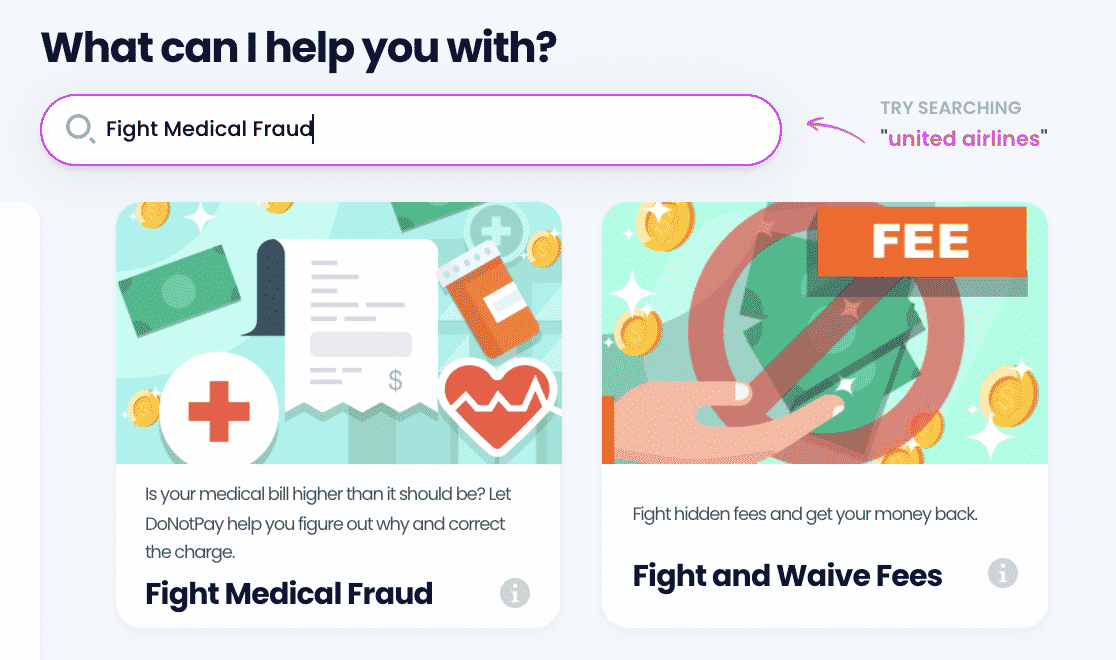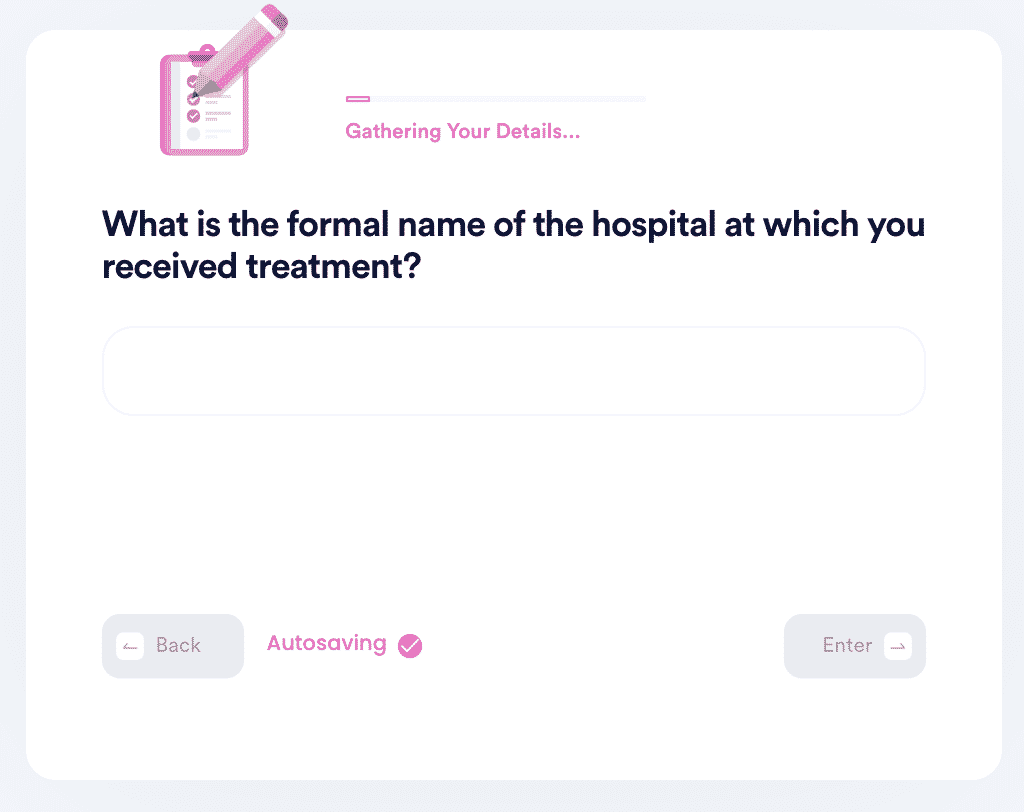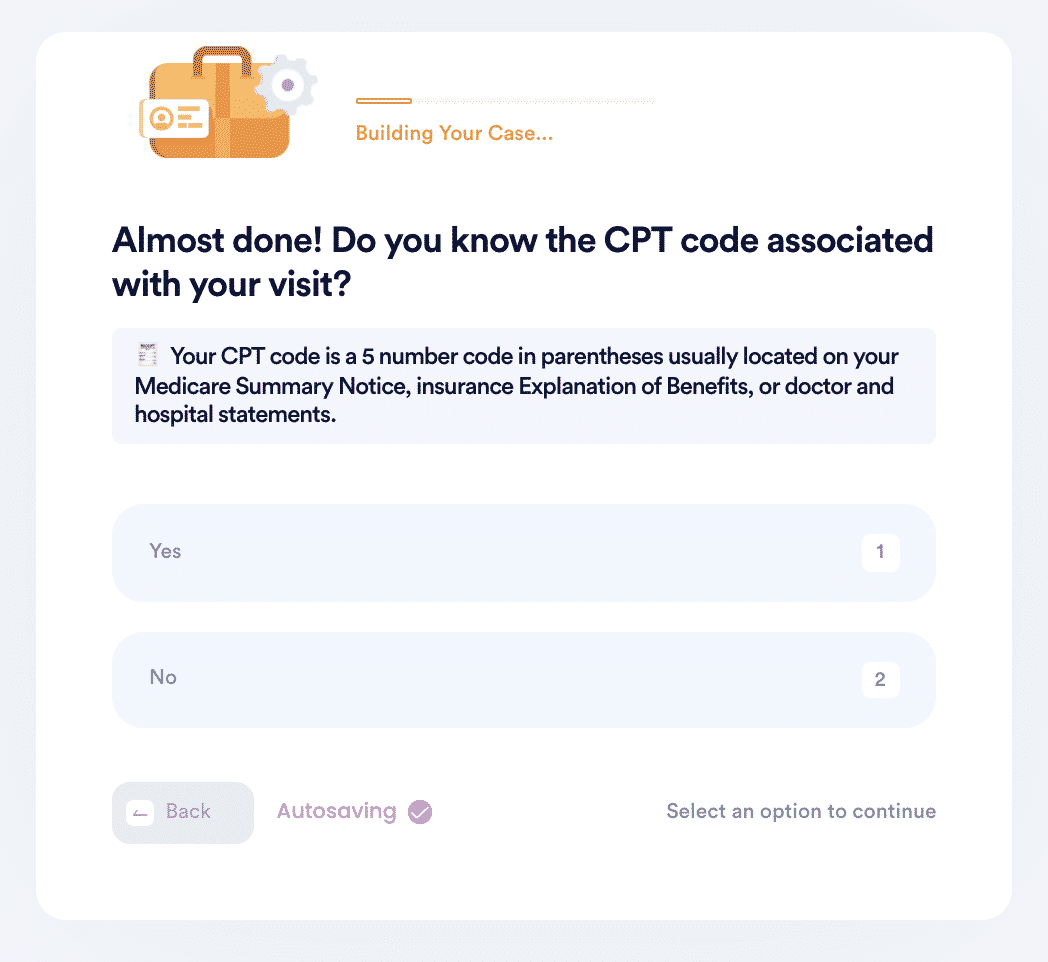Upcoding and Downcoding: Definition, Examples, How to Avoid
Medical fraud has been increasing at alarming rates in the recent past. Two major types of medical fraud include . Upcoding involves overbilling a patient, while downcoding is the reverse of upcoding. It entails under-billing patients.
Upcoding disadvantages patients as they are forced to pay for services they never received. Unscrupulous health officials defraud patients by overbilling them. Downcoding, on the other hand, disadvantages healthcare providers as patients pay less than they should for services offered. It is disheartening that these fraudulent activities are inside jobs malicious healthcare personnel do at the expense of patients and healthcare facility executives.
Fighting upcoding and downcoding is challenging, as they are hard to detect, especially if they are well executed from the beginning. Most patients do not understand the CPT Codes assigned to their diagnosis and treatment. As a result, most complaints are unaddressed, considering upcoding and downcoding are inside jobs.
Fortunately, DoNotPay got you covered through its "Fight Medical Fraud" product. It helps you determine whether you are a victim of downcoding, upcoding, or unbundling and help you take the necessary steps to get justice.
What Are CPT Upcoding and Downcoding?
Healthcare professionals report medical procedures they conduct on patients as CPT Codes to facilitate billing. CPT codes are numerical codes that denote diagnoses conducted on patients. The CPT codes help the accountants to calculate the hospital bill you should pay.
Upcoding entails quoting a higher dollar value medical code not performed on a patient. This implies that the patient pays for a costly procedure they did not undergo. This greatly dents the patients' pockets. Downcoding, on the other hand, entails quoting a low dollar value medical code on the patient's medical report than it should be. The health care facility suffers a significant loss, especially if the procedures the patient underwent were costly.
Learn with these examples.
Examples of Upcoding
The following examples illustrate upcoding in healthcare facilities:
- Quoting a patient who has chronic bronchitis, yet the patient has acute bronchitis.
- Reporting you conducted an Ultrasound complete exam (CPT code 76700), yet you conducted an Ultrasound abdomen limited exam (CPT Code 76705).
Examples of Downcoding
The following examples illustrate downcoding in healthcare facilities:
- Reporting diabetes with no complications, yet various procedures were conducted on the patient.
- Reporting a different CPT code after a unilateral partial mastectomy with axillary lymphadenectomy ( CPT Code 19302) is conducted.
What Are the Consequences of Upcoding and Downcoding?
Medical fraud perpetrators are prone to various ramifications when caught. Some of the consequences include
- Lawsuits for defrauding patients
- Risk of non-compliance due to financial inconsistencies during audits
- Reputational damage associated with lawsuits
- Loss of public confidence and loyalty
- Loss of revenue to healthcare facilities related to downcoding
How to Report Medical Fraud
You are highly encouraged to report medical fraud if you suspect inconsistencies in your medical bills. Medicare and Medicaid beneficiaries are the major victims of medical fraud. You can report medical fraud through the following channels:
| Report by Phone | Contact the Health and Human Service Office of the Inspector General at
1-800-HHS-TIPS, (1-800-447-8477) or TTY: 1-800-377-4950 |
| Report Online | Submit a Hotline Complaint | Office of Inspector General | Government Oversight | US Department of Health and Human Services |
| Report via Fax | Fax your message to 1-800-223-8164
It should be a maximum of 10 pages |
| Report via Mail | Office of Inspector General
ATTN: OIG HOTLINE OPERATIONS P.O. Box 23489 Washington, DC 20026 |
| Report to the FBI | Health Care Fraud — FBI |
| Report to the Centers for Medicare & Medicaid Services | Reporting Fraud | CMS |
You can also report to HHS-OIG. Try settling the issue with the healthcare facility before proceeding to third parties. If they are uncooperative in resolving the matter, move to relevant regulatory bodies. You can also send demand letters to the healthcare provider in the Small Claims Court.
Reporting the Medical Fraud Yourself
Resolving health care fraud by yourself is challenging, especially if the healthcare personnel involved are uncooperative. They might frustrate your efforts intensively, considering medical fraud is an inside job. The frustrations might force you to give up, leading to losses.
Reporting medical fraud to the relevant authorities is time-consuming and costly, as in some cases, you will be forced to pay various fees to pursue your case. In addition, frequent follow-ups are time-consuming, especially if your case lacks sufficient evidence.
Reporting Medical Fraud Using DoNotPay
DoNotPay eases all the frustrations you undergo seeking justice for medical fraud. It uses its influence to fight dubious healthcare facility officials to ensure you get the justice you deserve. You only need to provide all the relevant information about the medical fraud, and DoNotpay will handle the rest on your behalf.
Follow these steps if you are unsure on where to start seeking justice for medical fraud:
- Search Fight Medical Fraud on DoNotPay.

- Tell us the date of your visit, what you were treated for, and where you were treated.

- Let us know what CPT code your visit was filed under. If you don't know, we'll generate a letter for you to send to your physician to request the code.

- Choose the correct CPT code or let us know if you want us to find it for you.

- And that's it! DoNotPay will automatically find the correct CPT code for your visit if you don't know it and then generate a demand letter on your behalf to send to your physician for a bill correction.

What Else Can DoNotPay Do for You?
Helping you get your money back from medicare fraud is just one service DoNotPay offers. The AI Consumer Champion can also help you with:
- Helping you get city repairs
- Addressing child support payments
- Fixing casino taxes issues
- Helping you claim your rebates
- Getting college fee waivers
Join DoNotPay today to demand a bill correction!
 By
By